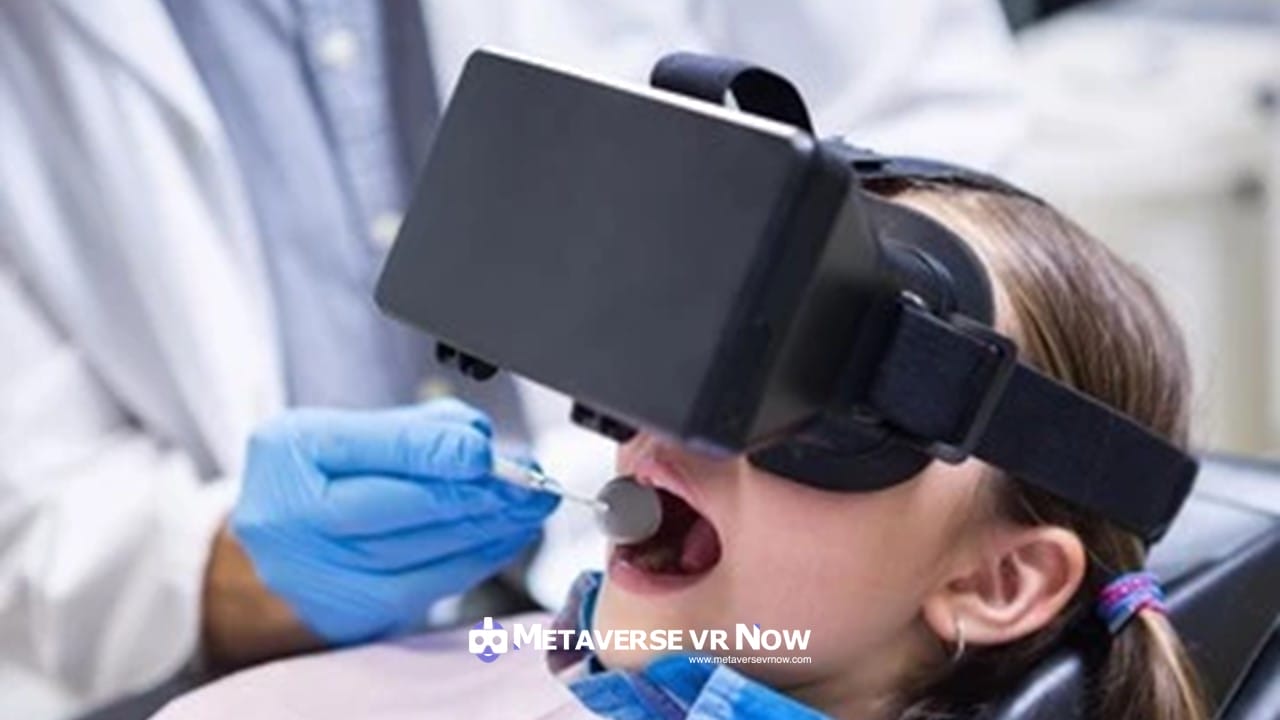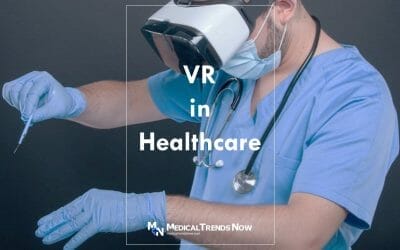Imagine a world where the whirr of dental drills is replaced by the immersive experience of virtual reality. The future of dental clinics is here, and it’s revolutionizing the way we perceive oral care. Virtual Reality (VR) technology has transcended its gaming origins to find a new home in the realm of dentistry, offering a host of advantages that promise to transform both patient experiences and clinical practices. From alleviating anxiety to enhancing treatment precision, VR in dentistry is poised to redefine the very landscape of oral healthcare. Join us as we explore 7 compelling reasons why VR is set to be the game-changer in modern dental clinics.
An Overview of VR in Dentistry
Imagine a world where the dentist’s office doesn’t evoke feelings of dread and anxiety. VR in dentistry is reshaping this very experience, turning intimidating procedures into interactive journeys. By immersing patients in a virtual environment, dentists can alleviate fear and discomfort, allowing for more relaxed and manageable treatments.
Moreover, VR technology enables dental professionals to enhance patient education through visual aids and 3D models. Patients can now visualize their oral health issues in real time, fostering a deeper understanding of recommended treatments. This not only empowers individuals to make informed decisions but also creates a collaborative approach between the patient and the dentist, leading to more successful outcomes.
What are the Benefits of VR in Dentistry?
VR technology is revolutionizing the field of dentistry, offering a wide range of benefits to both patients and dental professionals. One of the key advantages is the ability to create realistic simulations for training purposes, allowing dental students and professionals to practice complex procedures in a safe and controlled environment. This not only enhances their skills but also increases their confidence when performing treatments on real patients.
Furthermore, VR can help reduce patient anxiety by creating immersive experiences that distract them from the dental procedure at hand. By transporting patients to virtual environments such as beaches or forests during their treatment, VR can alleviate the fear and discomfort commonly associated with visiting the dentist. This innovative approach not only improves patient experience but also leads to better treatment outcomes due to reduced stress levels during procedures.
Here are 7 pros of VR in dentistry:
1. Virtual Simulations for Complex Procedures Using VR in Dentistry
Virtual simulations using VR in dentistry have revolutionized the way complex procedures are carried out. Dentists can now practice intricate techniques in a risk-free environment before performing them on real patients. This not only enhances their skills and confidence but also leads to better patient outcomes. By immersing themselves in realistic virtual scenarios, dentists can refine their precision and improve their overall efficiency.
Moreover, VR technology allows for collaborative learning experiences among dental professionals from around the world. Dentists can participate in virtual training sessions, workshops, and conferences without the constraints of physical distance. This global collaboration facilitates knowledge sharing and skill enhancement, ultimately benefiting both practitioners and patients alike. As VR becomes more integrated into dental education and practice, the future of dental clinics holds immense potential for innovative advancements and improved patient care.
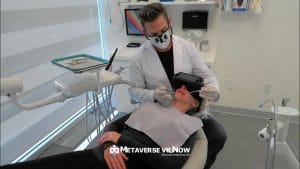
2. Enhanced Patient Experience and Comfort of VR in Dentistry
Entering a dental clinic can be an anxiety-inducing experience for many individuals. However, with the integration of virtual reality (VR) technology in dentistry, patients can now immerse themselves in calming and engaging environments during procedures. This not only distracts them from any discomfort but also enhances their overall experience by reducing the stress and fear associated with dental visits.
Moreover, VR in dentistry allows patients to personalize their environment based on their preferences, making them feel more comfortable and in control. For instance, they can choose to explore a serene beach or lush forest while undergoing dental treatments, creating a soothing distraction that eases tension and promotes relaxation. By offering this level of customization, dental clinics equipped with VR technology are revolutionizing the patient experience, shifting the focus from anxiety to tranquility during dental procedures.
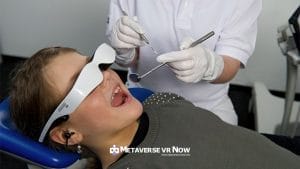
3. Improved Training for Dental Professionals Using VR in Dentistry
Imagine a world where dental professionals can enhance their skills and knowledge without ever picking up a drill or stepping into an operating room. Virtual reality (VR) is revolutionizing the way dentists are trained, offering a cutting-edge platform for immersive learning experiences. With VR in dentistry, practitioners can simulate complex procedures, practice intricate techniques, and test different scenarios in a risk-free environment.
By incorporating VR technology into training programs, dental professionals can improve their confidence and competence in managing various clinical situations. The ability to practice repeatedly in a virtual setting allows for mastery of skills that would otherwise require real-life patient encounters. Moreover, VR training fosters collaboration among dental teams by enabling them to work together on cases remotely and learn from each other’s perspectives.
In addition to technical proficiency, virtual reality also enhances soft skills crucial for effective patient care. Dentists can develop better communication skills, empathy, and bedside manner through simulated interactions with virtual patients. This holistic approach to training ensures that future dental professionals not only excel clinically but also provide compassionate and patient-centered care.
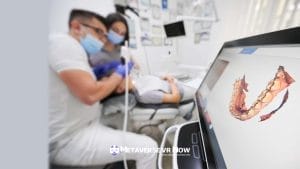
4. Accurate Treatment Planning and Simulation Using VR in Dentistry
Accurate treatment planning and simulation using VR in dentistry is revolutionizing the way dental professionals approach patient care. By immersing practitioners in a virtual environment where they can simulate various procedures, virtual reality allows for precise treatment planning and customization to each patient’s unique needs. This technology enables dentists to visualize the intricacies of oral anatomy more clearly, leading to more accurate diagnoses and treatment plans.
Moreover, VR in dentistry enhances communication between the dental team and patients by providing a detailed visual representation of proposed treatments. This level of engagement empowers patients to understand their oral health needs better and actively participate in decision-making processes. With VR simulations, patients can preview potential outcomes, helping them feel more confident and informed about their treatment options. Ultimately, this innovative approach fosters trust between providers and patients while ensuring precise and tailored dental care.
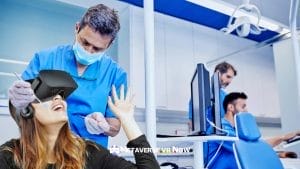
5. Reduced Anxiety in Patients Using VR in Dentistry
One of the most compelling benefits of using VR in dentistry is the significant reduction in anxiety experienced by patients. Traditional dental procedures can evoke fear and stress in many individuals, leading to avoidance of necessary treatments. However, VR technology has shown remarkable results in calming nerves and creating a more positive experience for patients undergoing various dental procedures.
By immersing patients in a 3D environment through VR headsets, the focus is shifted away from the dental chair, instruments, and noises that typically trigger anxiety. Instead, individuals can transport themselves to serene landscapes or engaging scenarios during their treatment, effectively distracting them from any discomfort or fear. This innovative approach not only enhances patient comfort but also improves cooperation during procedures, ultimately benefiting both the dentist and the patient involved.
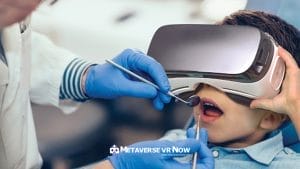
6. Remote Consultation and Teledentistry Applications Using VR in Dentistry
Remote consultations and teledentistry have revolutionized the way dental care is provided, especially in recent times. With the integration of virtual reality (VR) technology, dentistry has taken a giant leap forward in enhancing patient experience and treatment outcomes. VR applications enable dentists to conduct virtual consultations and examinations from remote locations, providing precise diagnostics and personalized treatment plans without physical contact.
The immersive nature of VR in dentistry allows patients to feel more engaged and informed about their dental health, as they can visualize their oral conditions in a realistic 3D environment. Moreover, teledentistry using VR opens up new possibilities for educational purposes by enabling dental students to observe procedures first-hand from any location. It also improves accessibility to quality dental care for patients in remote or underserved areas who may not have easy access to traditional dental clinics but can receive expert consultation through VR technology.
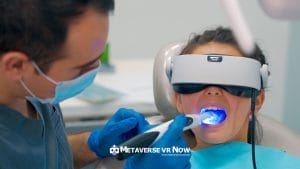
7. Cost-Effectiveness and Efficiency in Dental Procedures Using VR in Dentistry
Cost-effectiveness and efficiency in dental procedures are two crucial factors that can significantly impact the patient experience and the overall success of a dental clinic. By incorporating virtual reality (VR) technology into various dental procedures, practitioners can streamline processes, reduce the need for multiple visits, and minimize material waste. This not only benefits the clinic in terms of saving time and resources but also enhances patient satisfaction by providing quicker and more precise treatments.
Moreover, VR allows dentists to simulate complex procedures in a controlled digital environment before executing them on actual patients. This preoperative planning can lead to improved outcomes, reduced errors during surgery, and ultimately lower costs associated with complications or revisions. In addition to enhancing accuracy and reducing risks, VR technology also aids in training dental professionals efficiently, which can result in more competent practitioners offering high-quality care at minimal expenses.
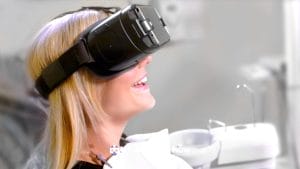
Concluding Thoughts: 7 Advantages of VR in Dentistry
Imagine stepping into a world where dental anxiety is virtually non-existent, and patients eagerly look forward to their appointments. This is the promise that Virtual Reality (VR) brings to dental clinics. One significant advantage of VR in dentistry is its ability to provide a distraction for patients undergoing procedures, effectively reducing the fear and discomfort associated with dental visits. By immersing patients in engaging virtual environments, dental professionals can create a more relaxing and positive experience, ultimately improving patient satisfaction and compliance.
Moreover, VR technology has been shown to enhance the training process for both aspiring dentists and experienced professionals. Through simulated scenarios and interactive tutorials, users can practice complex procedures in a risk-free environment, honing their skills without putting real patients at risk. This not only ensures better outcomes but also allows for continuous learning and development within the ever-evolving field of dentistry. The future of dental clinics undoubtedly holds immense potential, with VR technology paving the way for innovation and improved patient care.

